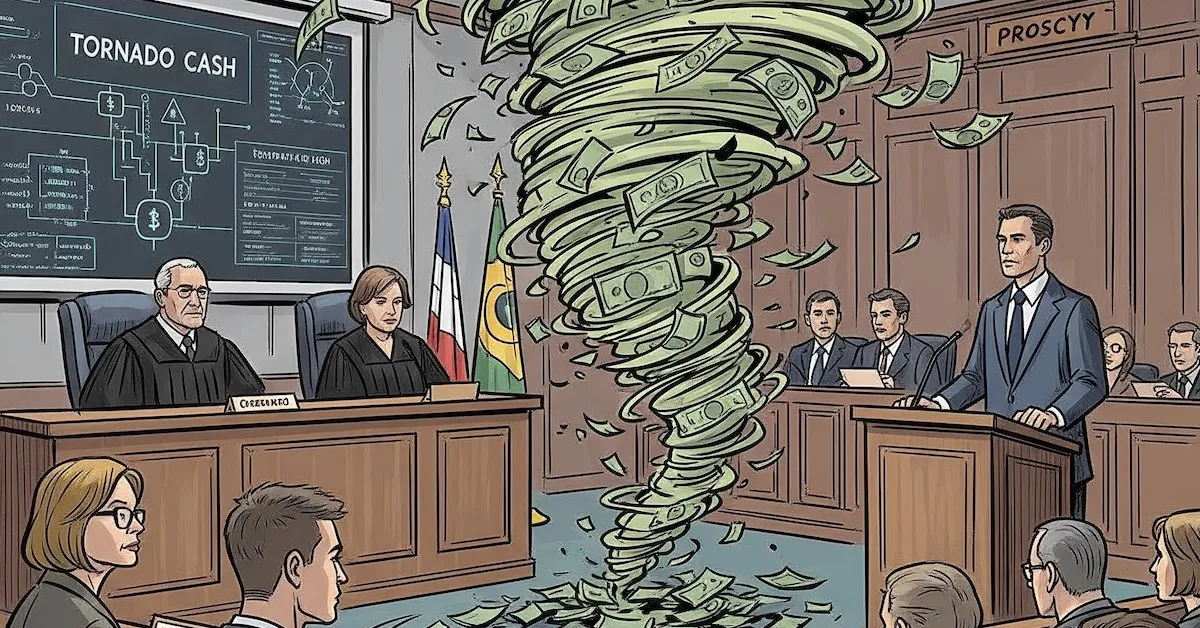Amanda Seyfried's 'Testament of Ann Lee' Electrifies Venice with a 15-Minute Ovation

Mona Fastvold and Brady Corbet's latest cinematic endeavor, “The Testament of Ann Lee,” a sweeping musical drama, premiered at the Venice Film Festival, drawing attention for its ambitious scope and the inherent challenges of bringing an obscure historical subject to the screen. Co-written by Fastvold and Corbet, with Fastvold directing, the film delves into the life of Ann Lee, the founding leader of the Shakers, an 18th-century radical Christian movement known for its ecstatic worship through song and movement. This unique focus on a lesser-known chapter of American history presented significant hurdles in securing financing, as Corbet candidly admitted, “the elevator pitch for ‘Shaker musical’ wasn’t the easiest to get off the ground.”
Despite the financial difficulties, producer Andrew Morrison, who also collaborated with Fastvold and Corbet on their acclaimed 2024 film “The Brutalist,” managed to secure a lean $10 million budget for “Ann Lee.” Fastvold was resolute in her vision, refusing to compromise on the grandeur she felt Ann Lee's story deserved, which included massive set pieces and elaborate musical numbers. She emphasized the importance of portraying a female icon on a grand scale, contrasting it with the numerous depictions of male historical figures. The film’s subtitle, “The Woman Clothed by the Sun With the Moon Under Her Feet,” hints at its epic aspirations.
Amanda Seyfried stars in the historical drama musical as Ann Lee. Born in mid-18th-century Manchester, England, Lee faced poverty, paternal abuse, and religious persecution. Her early life, marked by traumatic experiences and a profound bond with her younger brother William, led her to an ardent, unwavering Christian faith. She joined an aberrantly devout sect, informally called the “Shaking Quakers,” known for their violent trembling and seizure-like dancing. After marrying Abraham and enduring the tragic loss of all four of her children before their first birthdays, Ann became convinced that lifelong celibacy was the only path to true closeness with God. This conviction became a core tenet of her own offshoot of Shaking Quakerism. In 1774, seeking a new beginning, Ann, William, and a small group of followers emigrated to the American colonies, settling in upstate New York, where they established a utopian society known for its gender equality, utilitarian design, frenzied singing, celibacy, and communal living. The film meticulously details Shakerism's signature aesthetic, breaking from the dim, russety visual clutter of Lee's earlier life.
The film is described as an “epic fable” and a “speculative retelling” that oscillates dynamically between an intrepid New World epic and an expressionistic musical. Fastvold and Corbet maintain a cool, analytical distance in their study of the extreme religious movement, but the film is raptly respectful and intellectually curious, not a mockery. Its languid 136-minute runtime, divided into chapters with exquisitely designed, archaically worded title cards, explores communal discord and well-being more than individual yearnings, aligning with Shaker doctrine.
A standout feature of the film is its unique musical vernacular, artfully adapted by Oscar-winning composer Daniel Blumberg from old Shaker spirituals. These are embedded in a changeable, exhilarating soundscape of discordant strings, tingly metallic percussion, and shrill choral waves, distinctly different from traditional Broadway melodies. Celia Rowlson-Hall’s startling choreography, featuring restless limbs and clawing digits, takes inspiration from the original Shaking Quaker moves but also resembles a kind of deconstructed sexual intercourse, a pursuit of bliss echoed by starkly repeated, incantatory lyrics. This artistic choice creates a tension between austere antiquity and more sensual, modern impulses, reflecting Fastvold’s filmmaking style seen in her previous work.
Amanda Seyfried’s portrayal of Ann Lee has been widely praised, with Fastvold casting her for her unique blend of “kindness and tenderness” alongside “power and madness.” Seyfried described the role as “enlightening and incredibly therapeutic,” allowing her to be “let loose” in an unprecedented way. Her singing in the film is notably unconventional, described as “un-singing” or “de-singing,” and relying on “animal sounds as opposed to melodic sounds.” She confessed the process was challenging, requiring her to release personal inhibitions to find a voice that conveyed passion, rawness, grief, and desperation. As Ann the self-made icon, Seyfried delivers a performance of redoubtable commitment, wielding a poised, peaceable, but controlling authority, rarely raising her voice except in lilting song. While she doesn't reveal Ann's innermost desires, Seyfried convincingly shows Ann attaining a Shaker version of nirvana through the enthralling musical numbers.
“The Testament of Ann Lee” was met with an overwhelming reception at the Venice Film Festival, garnering a 15-minute standing ovation, the longest of the festival at that point, surpassing “Frankenstein.” A teary-eyed Seyfried, alongside a beaming Fastvold and Corbet, expressed their gratitude. Beyond Seyfried and Lewis Pullman as William Lee, the cast includes Thomasin McKenzie, Stacy Martin, Tim Blake Nelson, Christopher Abbott, and Matthew Beard. The film offers a rich exploration of faith, human interest, and a desperate reach for the divine, making believers of its audience at its radiant peaks.
You may also like...
AMG Unleashes a Beast: The GT2 Edition W16 Breaks Records, But Without Its Namesake Engine!

Mercedes-AMG has unveiled its most extreme customer racing car, the GT2 Edition W16, a track-only limited edition inspir...
Mercedes Shocks with G-Wagen Cabriolet Tease: Iconic SUV Goes Topless!

Mercedes-Benz has officially announced the return of the G-Class Cabriolet, slated for release in 2026, bringing an open...
US Gov Makes History: GDP Data Now Immortalized on Bitcoin Blockchain

The U.S. Commerce Department has begun publishing gross domestic product (GDP) data on public blockchains like Bitcoin a...
Tornado Cash Verdict Drops: Roman Storm Convicted in Landmark Crypto Trial

Tornado Cash co-founder Roman Storm has been found guilty of conspiracy to operate an unlicensed money transmitting busi...
Luxury Giant's Legacy: Armani's Empire Passes to Heirs After His Death

The fashion world mourns the passing of Giorgio Armani, who at 91, leaves behind an independent empire entrusted to his ...
AI Data Centers Exposed: $165 Billion 'Phantom Debt' Scandal Looms Over Tax Breaks

Doña Ana County, New Mexico, is pursuing an ambitious plan to become a major AI data center hub through 'Project Jupiter...
Political Titans Mobilize: Ambode & Speaker Tajudeen Lead Charge for Tinubu's 2027 Re-election Bid

Key political figures, including House Speaker Abbas Tajudeen and former Lagos Governor Akinwunmi Ambode, have publicly ...
Tinubu's Bold Naira Claim Sparks Fact-Check Fury: Was it N1,900/$ or N1,450/$?

President Bola Ahmed Tinubu recently claimed the naira strengthened significantly under his tenure, citing an improvemen...


